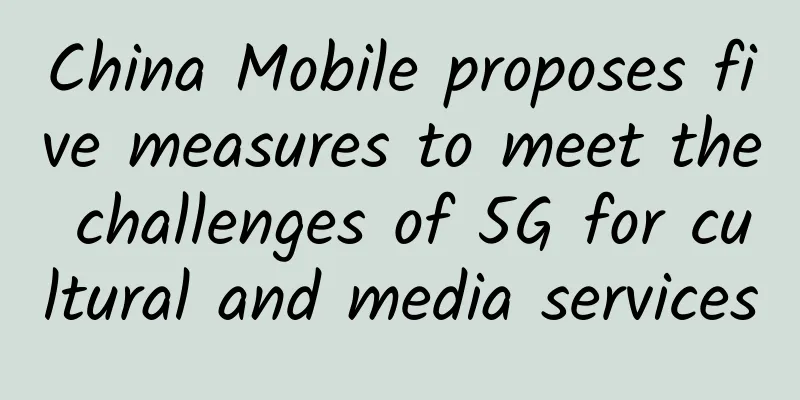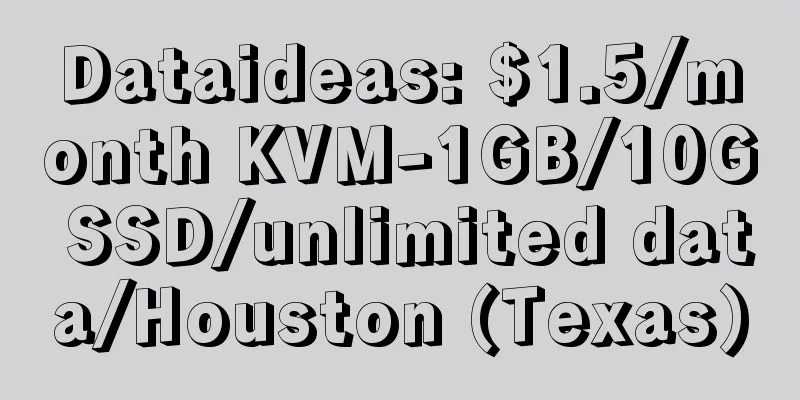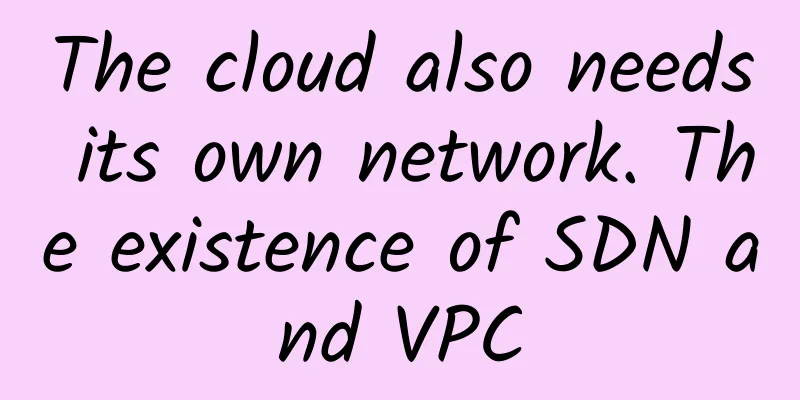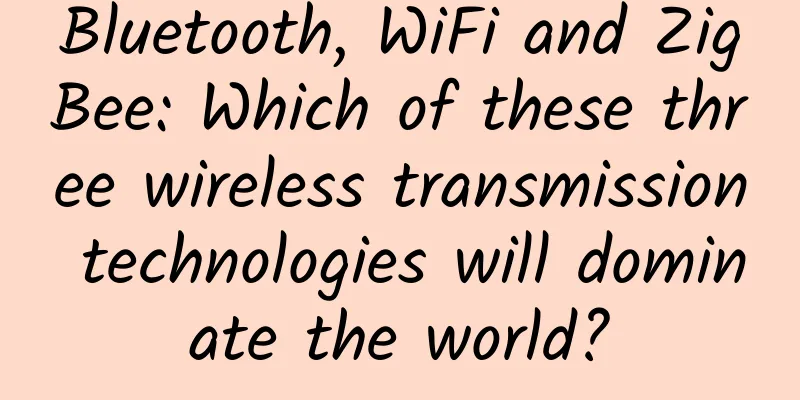China Mobile proposes five measures to meet the challenges of 5G for cultural and media services

|
Recently, at the 5G and Smart Winter Olympics Forum, Sheng Lingzhi, deputy general manager of Beijing Mobile's key customer service center, shared a keynote speech entitled "5G opens the media era to serve the exciting ice and snow event." Sheng Lingzhi said that the 3G and 4G eras could not meet the needs of cultural and creative media, especially the high-level live broadcast services required for sports events, while 5G's large bandwidth and low latency are very helpful for cultural media and sports research.
When talking about the challenges 5G poses to B2B media business, Sheng Lingzhi summarized them into four points. First, 5G is a public communication service. In order to provide business services for B2B cultural and creative media users, we must overcome the difficulties faced by ordinary users. Second, the scenarios are complex, and it is necessary to ensure the security of multiple types of industry terminals, video streaming, file transfer and other services in a complex environment. Third, the combined speed of all services must reach 1G, which means that in regional scenarios, multiple features such as large uplink, continuous uplink in mobile state, and ultra-low latency must be achieved. The fourth is that implementation is difficult, as the project has to be implemented under extremely high security levels throughout the process and in the context of the pandemic. To solve the above problems, China Mobile has mainly adopted five security measures. The first is a multi-level private network: China Mobile plans to use three frequencies, 2.6G, 4.9G and 700M, to form a collaborative network that can meet the needs of on-site ToB services and on-site mobile phone users. The second is dedicated slicing: The biggest feature of 5G is slicing. The end-to-end dedicated slicing solution realizes the "double-excellence" guarantee for to B users, ensuring that to B services seize resources with high priority and meet high-priority scheduling of rates, isolating the impact of TOC users and balancing the resource allocation of public and private network users. The third is RB resource reservation: the PRBs required for each slice can be scheduled according to the resource percentage. This guarantee reserves RB resources for 2B customer slices. Fourth, TAC+whitelist: An independent TAC whitelist + slicing solution is used to ensure exclusive access to different to B services, achieve frequency isolation of 2.6 and 4.9, avoid mutual impact between multiple to B services, and ensure high priority use of to B services. Fifth, end-to-end low latency: Cooperate with hardware companies to jointly open ultra-low latency encoding and decoding algorithms for the first official commercial use; optimize 5G private network configuration specifications to achieve ultra-low latency private networks. |
<<: API Gateway: Layer 8 Network
>>: What is the relationship between API, ESB, ServiceMesh, and microservices?
Recommend
Megalayer: 618 promotion: 50% off all VPS, 20% off dedicated servers, and $10 bonus for new user registration
Megalayer is a foreign hosting company establishe...
[Black Friday] Ramnode offers free gifts for as much as you charge, cloud servers in data centers in Los Angeles/Seattle/New York/Netherlands
The last time I shared information about Ramnode ...
An article on learning Go network library Gnet analysis
Introduction We analyzed the Go native network mo...
China Huaxin and Nokia jointly established "Shanghai Nokia Bell"
China Huaxin Post and Telecommunications Economic...
Don’t worry anymore! Teach you how to quickly locate Eth-Trunk faults and easily solve network problems!
1. How to locate the problem that an Eth-Trunk in...
The new THE PLAN v2 from BandwagonHost, quarterly payment starts from $32.6, available in Japan/Hong Kong/US CN2 GIA, etc.
BandwagonHost has launched a special package call...
Cisco's Scott Harrell: A new era of networking has arrived. Cisco empowers enterprises to innovate and transform
[51CTO.com original article] On the eve of the 20...
The 10 most powerful companies in enterprise networking in 2021
[[409960]] Last year, the global spread of the ep...
BandwagonHost has opened a new data center in Osaka, Japan. It can be interchanged with DC6 (CN2 GIA-E) with a 10% discount.
The latest news is that BandwagonHost has opened ...
KVMCloud: 50% off on all Hong Kong/Singapore/Korea/Japan VPS starting from NT$32/month
KVMCloud appeared on the tribe for the first time...
Ming-Chi Kuo: The key to iPhone 12 series shipments is that the starting price is US$699, which will definitely be a big hit
The report pointed out that the shipment proporti...
People's Daily pays attention to the speed limit of network disk: Let the speed limit of network disk be increased
On January 21, the People's Daily published a...
Let’s talk about 6G communication technology again
2020 is coming to an end. With the advancement of...
Ruijie's Minimalist Lighting Appears at the University Informatization Development Seminar, Focusing on New Infrastructure of Smart Campus
On April 16-17, the 2021 University Informatizati...









